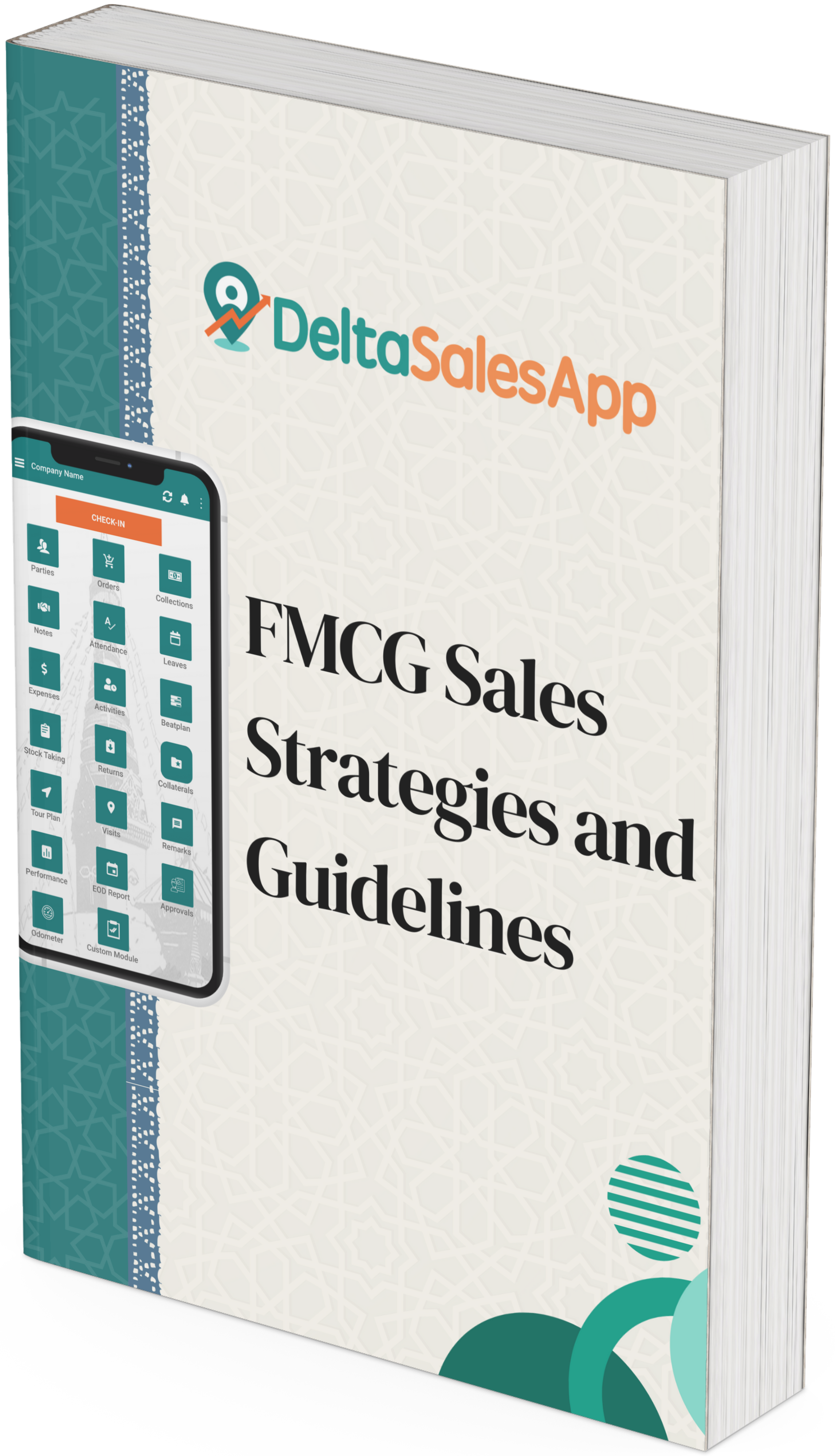Understanding Rate Undercutting And Its Impact on Your Business

In today’s competitive business world, every company is striving to stay ahead of the competition. One tactic often used to gain an advantage in the market is rate undercutting. But what is it exactly, and how does it affect businesses, particularly distributors and retailers?
In this blog, we’ll explore rate undercutting, how it works, and most importantly, how you can handle it to maintain profitability while keeping your business competitive.
What is rate undercutting?
Rate undercutting refers to the practice of offering products at a price lower than the prevailing market rate or the prices set by competitors. This is typically done with the goal of attracting customers by making the product seem more affordable. While it may sound like an effective sales strategy, rate undercutting can have significant consequences for businesses involved, especially in the distribution chain.
For example, imagine a distributor sells products to a retailer at a set price. However, the distributor or another competitor offers the same product at a lower rate, enticing the retailer to purchase at that lower price. This creates an environment where pricing becomes extremely competitive, and often, profits are sacrificed to keep up with the market price. The question is: How can you deal with this pricing issue while still maintaining your business's profitability?
Why Does Rate Undercutting Happen?
Rate undercutting can occur due to various reasons, including:
Increased Competition: When multiple suppliers or distributors are trying to gain market share, they may lower their prices to attract more customers. This can cause an aggressive race to the bottom, where competitors continually lower their prices.
Pressure from Retailers: Retailers, especially smaller shops, may be enticed by the idea of lower prices and increased margins from buying at a reduced cost. This can create tension between distributors and retailers, especially when a competitor offers a better deal.
Overstocking and Liquidation: Sometimes, businesses need to sell off excess inventory quickly, which results in price reductions to clear the stock.
Lack of Differentiation: When there’s little to no differentiation between products, pricing becomes the deciding factor for customers. In such cases, businesses may be forced to undercut their competitors to attract sales.
Impact of Rate Undercutting on Your Business
While rate undercutting may provide short-term gains, it can have detrimental effects in the long run. Here's how:
Profit Erosion: Continually lowering prices can lead to significant profit erosion. If a distributor or retailer offers products at below-cost prices to compete, it becomes difficult to sustain the business in the long term.
Reduced Brand Value: When a company repeatedly undercuts prices, it may damage its brand perception. Customers may start associating the brand with low-quality products, which can hurt the business in the long term.
Price Wars: Rate undercutting can spark a price war between competitors, which eventually leads to everyone lowering their prices, resulting in a situation where no one wins.
Market Instability: A market flooded with undercut prices can become unstable, making it harder for businesses to maintain steady profits and manage inventory effectively.

How to Prevent and Manage Rate Undercutting
As a distributor or retailer, it’s important to handle rate undercutting with a well-thought-out strategy. Here are a few ways you can manage or prevent this issue:
Differentiate Your Products: One of the best ways to avoid being caught in a price war is by differentiating your products. Offer unique value propositions such as better quality, exclusive features, or superior customer service that justifies a higher price point.
Focus on Relationship Building: Build strong relationships with your customers, whether they are retailers or end consumers. Offer loyalty programs, personalized services, and exceptional after-sales support to maintain customer trust.
Maintain Profit Margins: Rather than focusing solely on undercutting competitors, work on maintaining healthy profit margins. This will allow you to stay competitive without constantly lowering your prices.
Monitor the Market: Keep a close eye on your competitors’ pricing strategies. This will help you understand when and where undercutting is happening and enable you to adjust your strategy accordingly.
Offer Bulk Discounts or Volume Pricing: Instead of undercutting prices on individual products, offer discounts for bulk purchases or volume-based pricing. This can help encourage larger orders without damaging your product’s perceived value.
Innovate Your Sales Strategy: Instead of slashing prices, consider offering bundle deals, time-limited promotions, or exclusive products to drive sales without devaluing your core product.
Conclusion
Rate undercutting may seem like a quick way to gain market share, but it can lead to significant challenges for your business if not managed properly. By differentiating your products, maintaining healthy profit margins, and building strong relationships with your customers, you can avoid falling into the trap of price wars. Remember, a well-rounded strategy that focuses on value and service can be far more effective than simply slashing prices to stay competitive.
As the market evolves, it’s essential to continuously evaluate your pricing strategies and adapt them to maintain a balance between competitive pricing and profitability. By focusing on long-term goals and value, you’ll be better equipped to handle the effects of rate undercutting and build a sustainable business.









